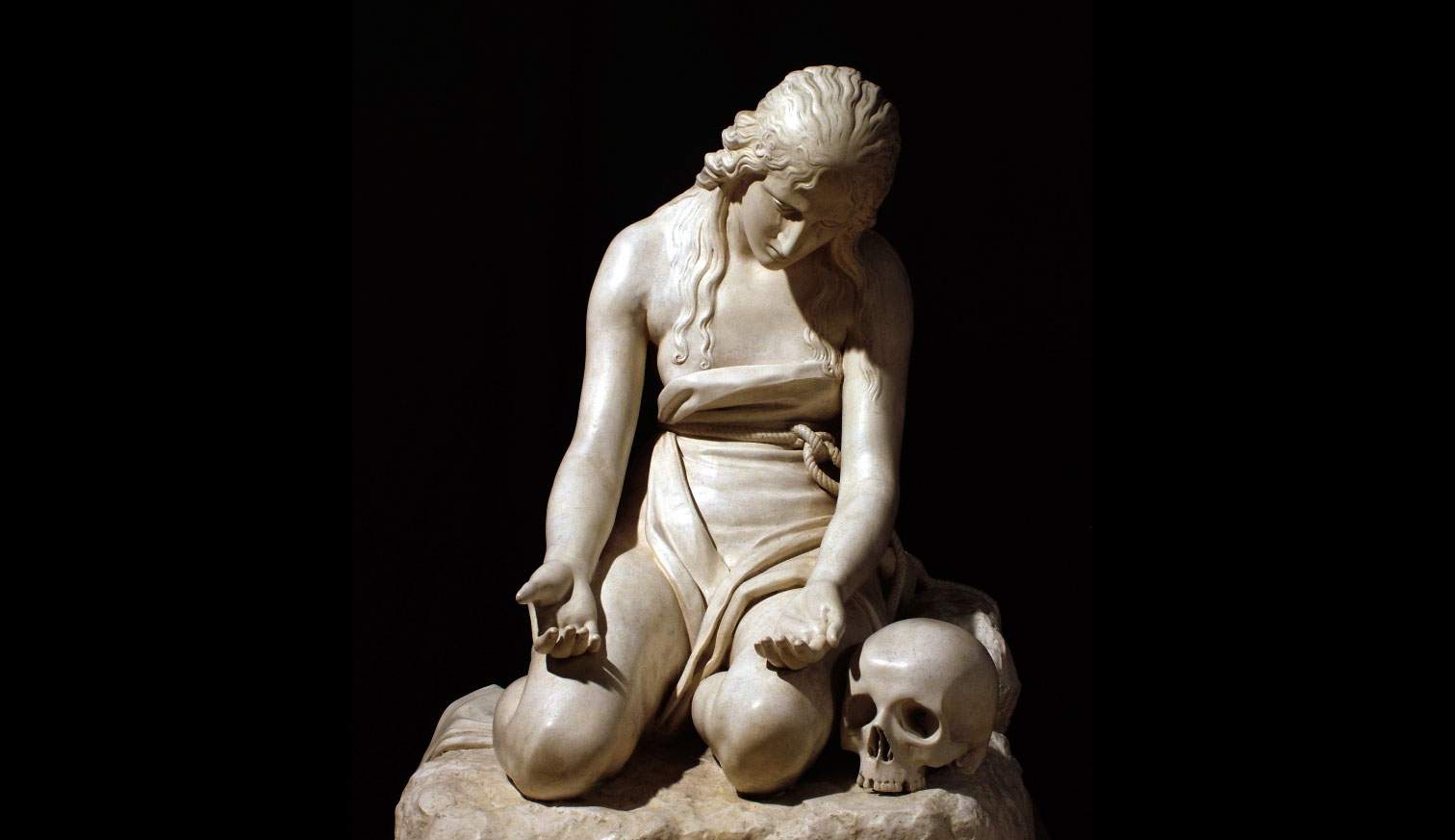It will be a focus on its collections in the new exhibition of Genus Bononiae, which at its headquarters in Palazzo Fava, in the center of Bologna, is organizing from August 3 to September 12 the exhibition Ancient and Modern. From the Collections of the Fondazione Carisbo, which at Palazzo Fava will bring into dialogue the celebrated Carracci cycles of Jason and Medea (the first documented collective undertaking by Ludovico, Agostino and Annibale Carracci) and the Adventures of Aeneas created by Ludovico and his pupils with works from the collection of the Fondazione Cassa di Risparmio di Bologna (Genus Bononiae is the entity that manages them).
Therefore, there will be more than 30 works including paintings, sculptures and engravings from the Fondazione Carisbo’s Art and History Collections, some of them exhibited to the public for the first time: a cross-comparison between eras and styles, searching for thematic or formal affinities among ancient, modern and contemporary works. On display are works by artists such as Guido Reni, Simone Cantarini, Guercino, Antonio Canova, Mario Sironi, Filippo Casorati, and Arturo Martini up to contemporary Nicola Samorì. In addition to a nucleus of eleven engravings by Giorgio Morandi, about twenty works of painting and sculpture, between the seventeenth and twentieth centuries, will be arranged on the walls of the five rooms of the tour route famous for their sixteenth-century friezes. A rarefied selection of the Fondazione Carisbo’s Art and History Collections formed over a century, which include, in addition to paintings and sculptures, a considerable amount of drawings and engravings, musical instruments, majolica, Aemilia Ars embroideries, photographic funds, documentary collections and archival funds. These are works that are now available to the community as a result of purchases that the Foundation has made over the past two decades on the Italian and international markets, thanks to which the Collections, enhanced by the instrumental body Museo della Città di Bologna, have been greatly increased, with a significant opening on the twentieth century.
“With the new layout,” the Foundation announced in a note, “the aim was to rekindle attention on the Carracci frescoes for their disturbing iconography, privileging the theme of the human figure between philosophical reflection, existential loneliness and social drama, through the delineation of invisible connections with the hidden meanings of the myth frescoed in the hall.” Accompanying the exhibition is the volume Ancient and Modern. Acquisitions and Donations for the History of Bologna, edited by Angelo Mazza, and published by Bononia University Press.
“The reopenings after the health emergency, which did so much damage to the world of tourism and culture, represent an opportunity for Genus Bononiae to enhance the heritage that Ludovico, Agostino and Annibale Carracci left at Palazzo Fava. A set of works that represents the background of our exhibitions, and for the summer period will be more enhanced through the comparison with some masterpieces of the modern and contemporary period, which will lead us to focus attention on the beauty of the frieze and the importance of having recovered it,” recalls Genus Bononiae President Filippo Sassoli de Bianchi.
From Tuesday to Sunday, from 10 a.m. to 7 p.m., it will also be possible to visit Santa Maria della Vita and the Lamentation over the Dead Christ by Niccolò dell’Arca. Tickets can be purchased at www.genusbononiae.it, both for Palazzo Fava and Santa Maria della Vita.
Image: Antonio Canova, Penitent Magdalene (c. 1806-1813; plaster, 94 x 80 x 80 cm; Bologna, Fondazione Carisbo Collection)
 |
| From Antonio Canova to Samorì, under the Carracci frescoes: Genus Bononiae shows its treasures |
Warning: the translation into English of the original Italian article was created using automatic tools. We undertake to review all articles, but we do not guarantee the total absence of inaccuracies in the translation due to the program. You can find the original by clicking on the ITA button. If you find any mistake,please contact us.